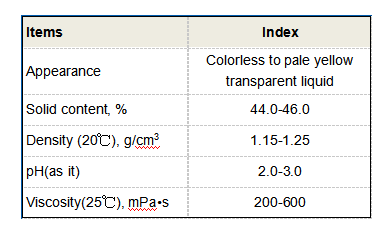scale and corrosion inhibitor for cooling tower
Scale and Corrosion Inhibitors for Cooling Towers
Cooling towers play a critical role in industrial processes, HVAC systems, and power generation, serving to dissipate heat and regulate temperatures in large-scale operations. However, these systems are susceptible to various issues, particularly scale formation and corrosion, which can undermine efficiency and lead to costly repairs. To mitigate these challenges, the application of scale and corrosion inhibitors is essential, ensuring the longevity and performance of cooling towers.
Understanding Scale Formation
Scale is primarily formed from the precipitation of dissolved minerals in water, such as calcium carbonate, calcium sulfate, and magnesium silicate. As water evaporates in a cooling tower, the concentration of these minerals increases, leading to their crystallization and deposition on surfaces. Scale buildup can severely obstruct water flow, reduce heat transfer efficiency, and increase energy consumption. Moreover, it can lead to excessive wear and tear on the system, prompting early equipment failure.
To combat scale formation, various types of scale inhibitors, such as phosphonates, polymers, and organic acids, can be employed. These chemicals work by interfering with the crystallization process, keeping minerals in solution and preventing them from settling on surfaces. Regular monitoring and treatment with scale inhibitors are crucial for maintaining optimal cooling tower operations.
The Issue of Corrosion
Corrosion, on the other hand, is a chemical reaction that occurs when materials, particularly metals, react with water and other agents present in cooling systems, leading to deterioration. Factors contributing to corrosion include the presence of oxygen, high temperatures, acidic or alkaline conditions, and aggressive ions such as chloride. Corrosion can cause severe damage to pumps, pipes, and other structural components, resulting in leaks and system failures.
scale and corrosion inhibitor for cooling tower

To protect against corrosion, various corrosion inhibitors are used. These can be categorized into anodic inhibitors, cathodic inhibitors, and passive film-forming inhibitors. Anodic inhibitors work by forming a protective oxide layer on the metal surface, while cathodic inhibitors reduce corrosion rates by affecting the electrochemical reactions that occur at the cathode. Passive inhibitors create a barrier that minimizes the contact between corrosive agents and metal surfaces.
Integrated Approach to Treatment
Implementing a comprehensive water treatment program that incorporates both scale and corrosion inhibitors is vital for the proactive management of cooling towers. It is essential to choose the right inhibitors based on water chemistry, operating conditions, and the specific materials used in the system. Furthermore, regular water analysis and system monitoring should be conducted to ensure the effectiveness of the treatment program.
The use of advanced control technologies, such as automated feed systems and real-time monitoring, can enhance the management of chemicals within cooling systems. These technologies can help in adjusting the dosage of inhibitors dynamically, based on changing conditions, thereby optimizing the overall performance and efficiency of the cooling tower.
Conclusion
In conclusion, the effective management of scale and corrosion in cooling towers is essential for maintaining system efficiency and preventing costly damages. By employing a combination of appropriate scale and corrosion inhibitors, alongside regular monitoring and advanced control technologies, operators can ensure the longevity and reliability of their cooling systems. Proper treatment not only extends the life of the equipment but also contributes to energy savings and environmental sustainability, making it a critical component of modern industrial operations.
-
Water Treatment with Flocculant Water TreatmentNewsJun.12,2025
-
Polymaleic AnhydrideNewsJun.12,2025
-
Polyaspartic AcidNewsJun.12,2025
-
Enhance Industrial Processes with IsothiazolinonesNewsJun.12,2025
-
Enhance Industrial Processes with PBTCA SolutionsNewsJun.12,2025
-
Dodecyldimethylbenzylammonium Chloride SolutionsNewsJun.12,2025





